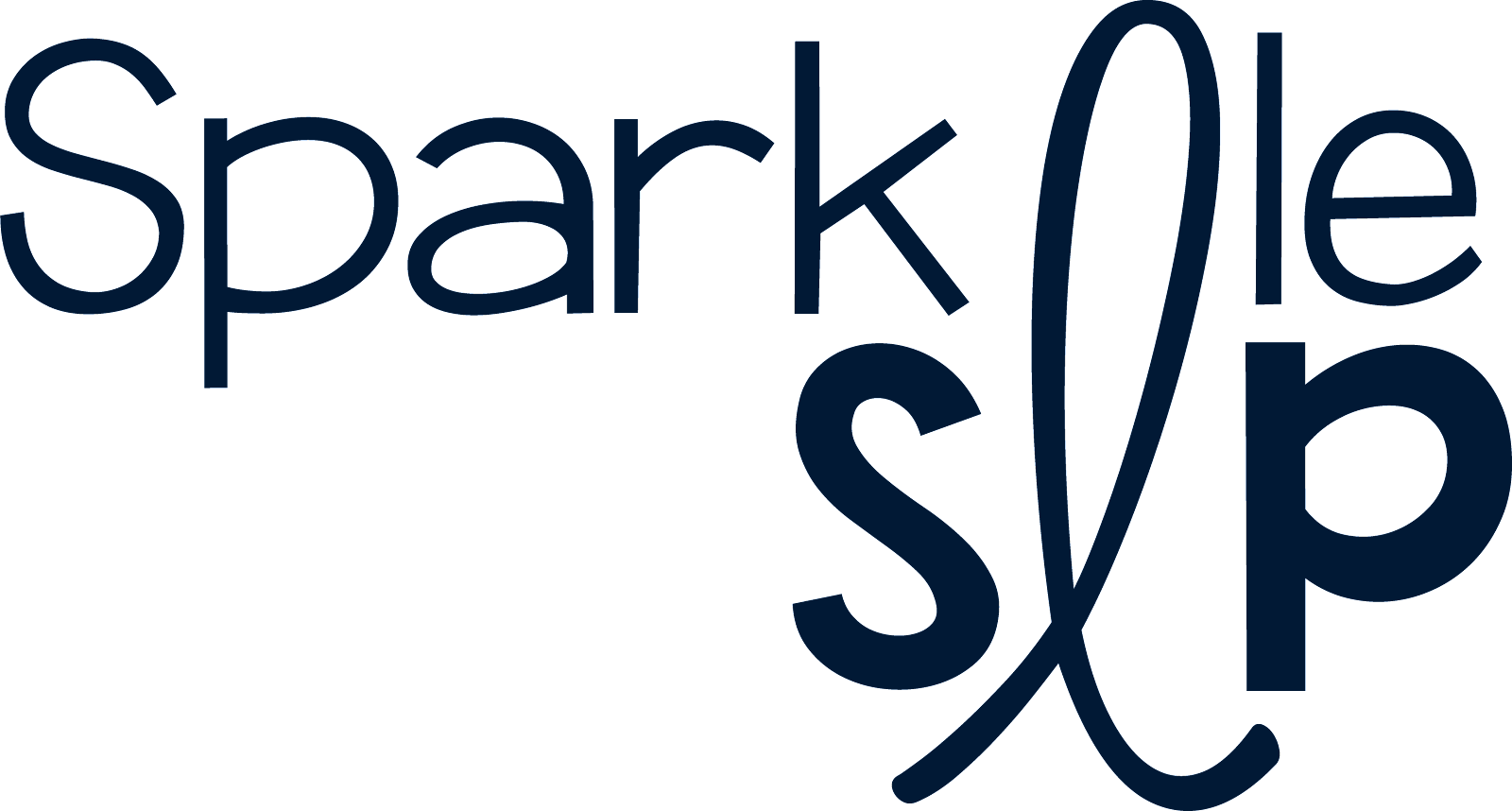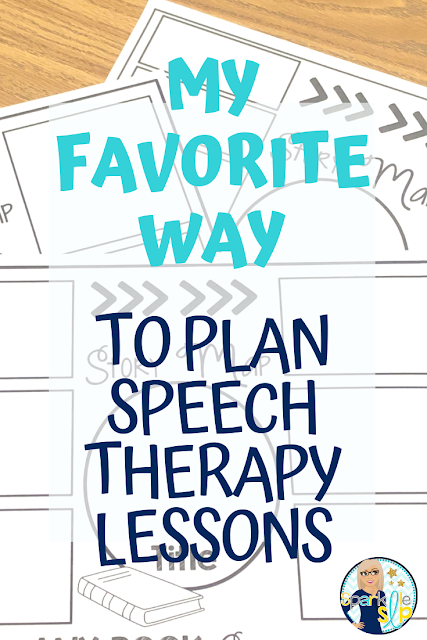Here are some quick tips for using books in your therapy planning.
- VERBAL SEQUENCING/RETELL: My 1st graders love to draw their own retelling of the stories. I focus on 3-4 part retelling (first, next, last OR first, next, then, last) with this age group. Often times this is done after my therapy lesson and during the students' independent time during literacy within their classroom. Using the book, they make their own drawings and then bring back their product to verbalize their 3-4 part retelling before I leave their classroom.
- VOCABULARY/SIMILARITIES & DIFFERENCES: Explicitly teaching compare and contrast was a district focus this year. My 2nd graders drew their Venn diagrams or Top Hat organizers right on the therapy table using dry erase markers and chose items right from the story to talk about similarities and differences. You can find both types of compare and contrast visuals in my graphic organizer product.
- WH QUESTIONS: I start with basic WHO, WHAT, WHERE, & WHEN questions which can be targeted on every page using books.
 |
| One Page Language Book Plan for Hotel Bruce |
- STORY GRAMMAR/NARRATIVE DEVELOPMENT: I focus on teaching Story Grammar using a visual support. The predictable visual support is constant which allows independence for students when practicing their summaries. This sheet below is from my Essential Visuals for Student Success Signs packet.
- SYNTAX: Spoken grammar targets can be directly practiced using books which allows for a more structured approach as compared to drill activities since it is contextualized. The vocabulary and structures presented within the story are meaningful and relevant.
- PREDICTING & INFERENCING: Making predictions and inferences are also great targets for using story books in speech therapy. A quick tip is to use the cover of the book for making predictions. We focus on the words and pictures to make our predictions about the story. Often times the vocabulary used in the title needs explanation for my students as in this book, Nugget and Fang, pictured below (no affiliation). We talk about what students already know and then make connections to help with their predictions. Inferencing is targeted through how and why questions about character feelings, which also lends itself to pragmatic language development.
If you haven't tried using books in speech therapy, I challenge you to give it a try using some of these tips. It is my favorite way to plan for therapy, I can target all the goals and my students are highly engaged!
I’d also love for your to follow by Book Companion Pinterest board for links to all these activities!




.png)







